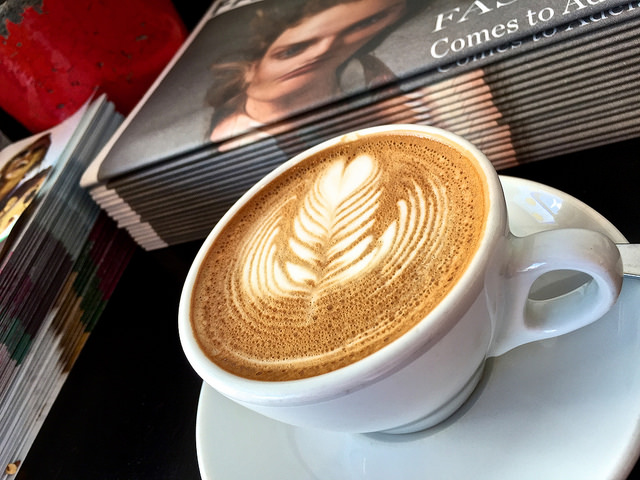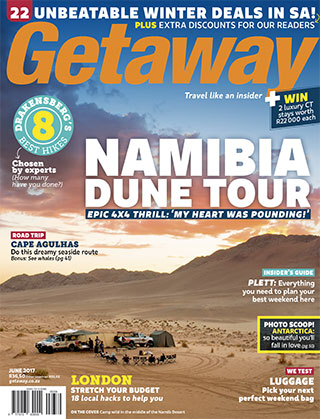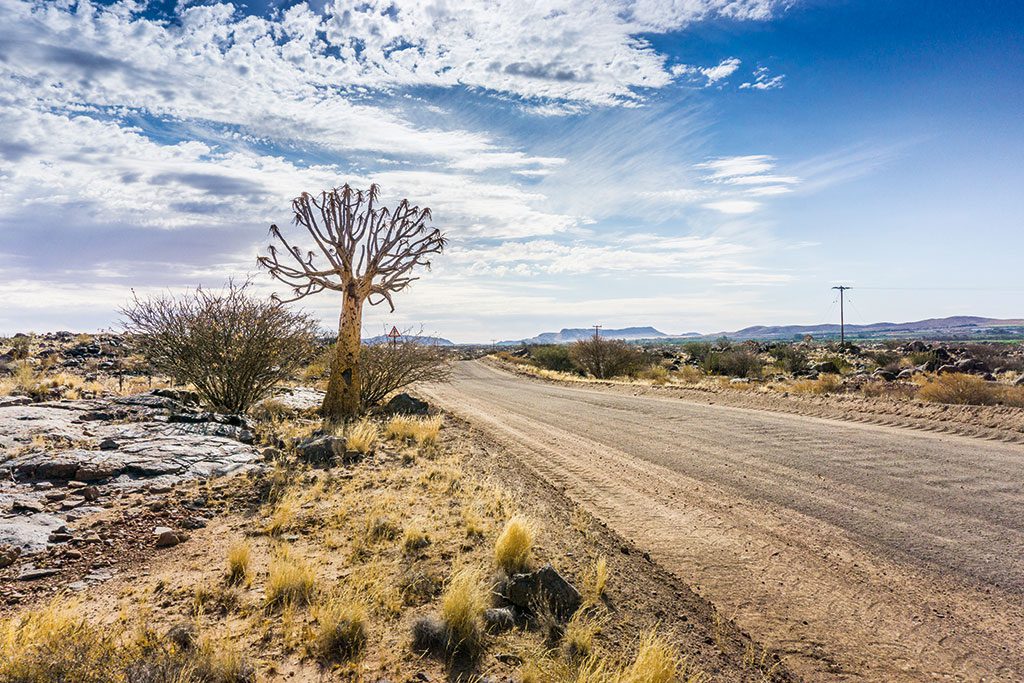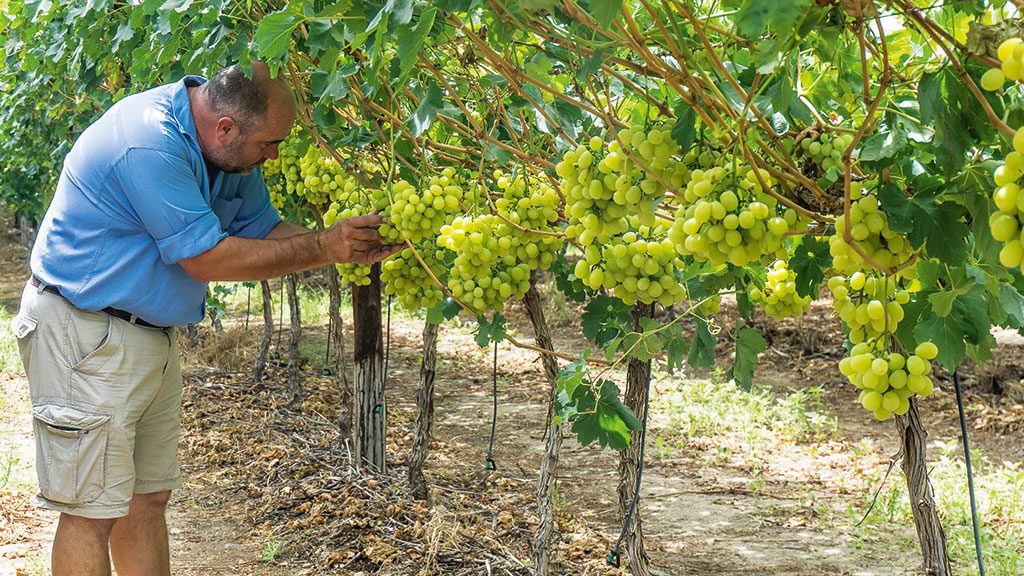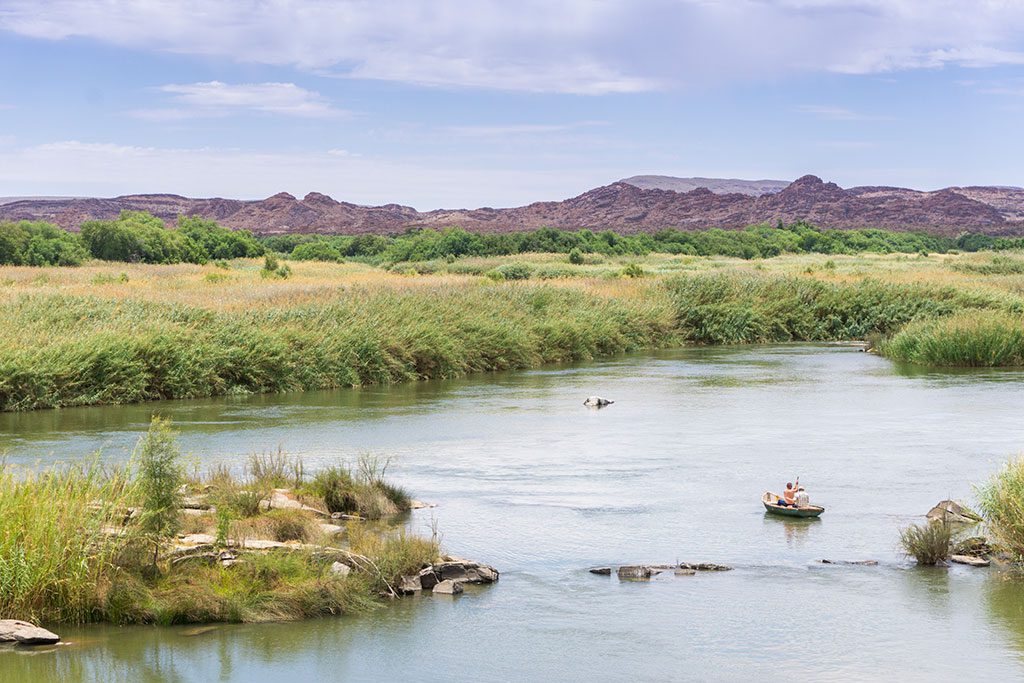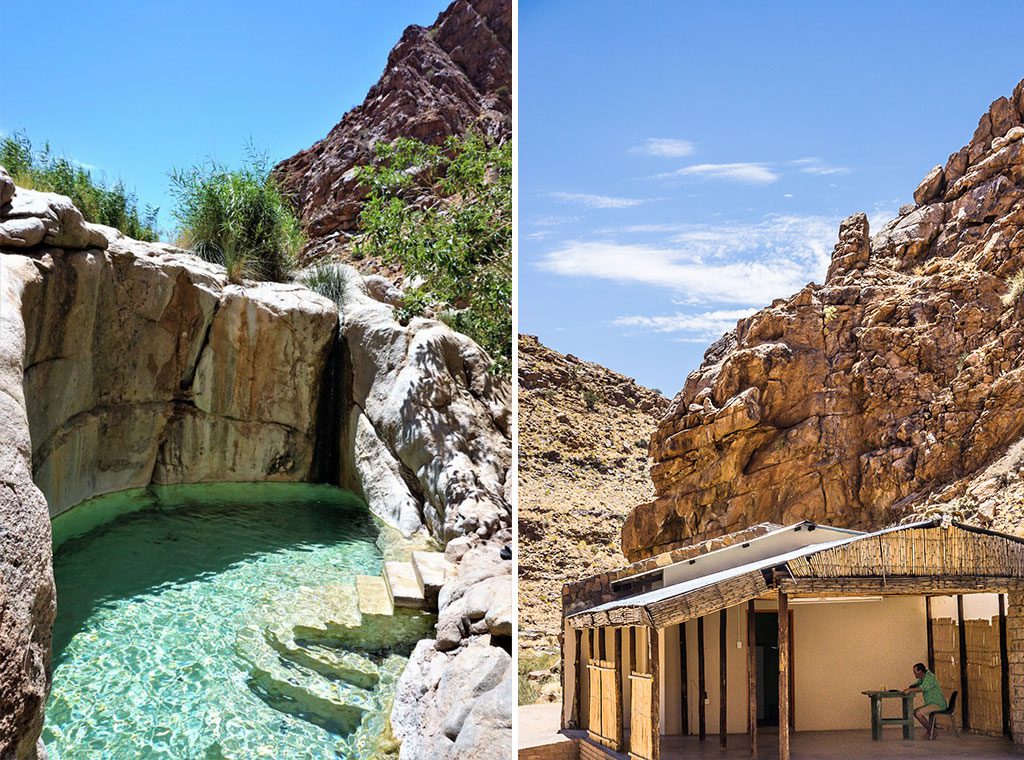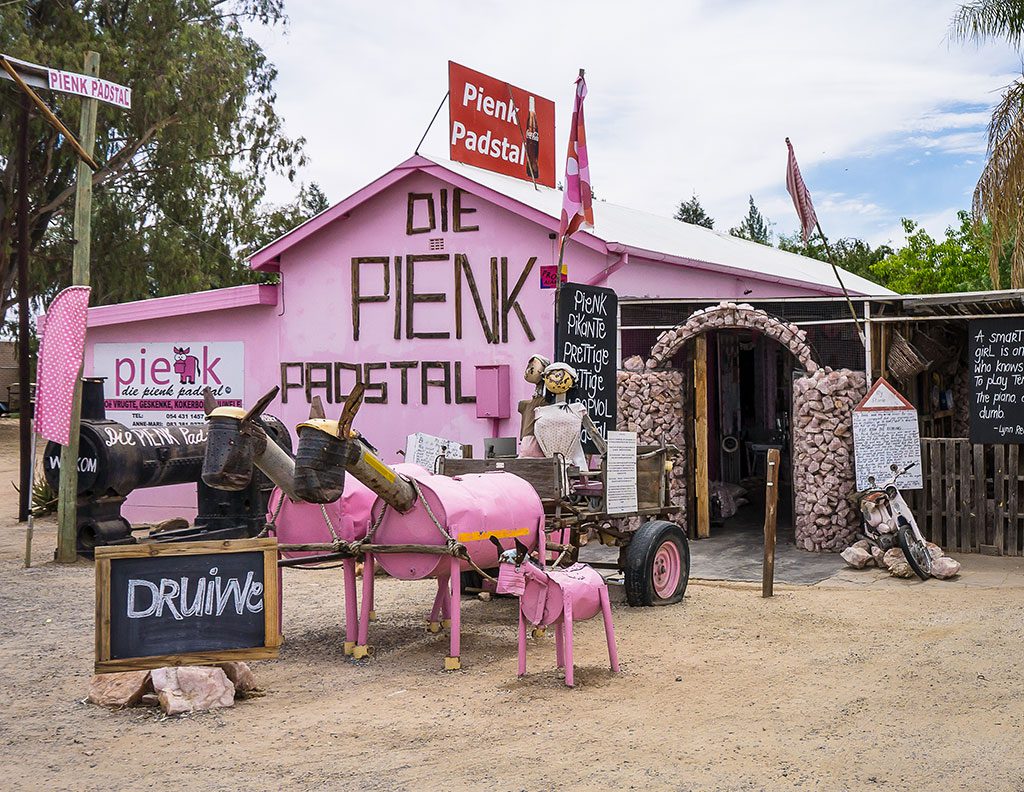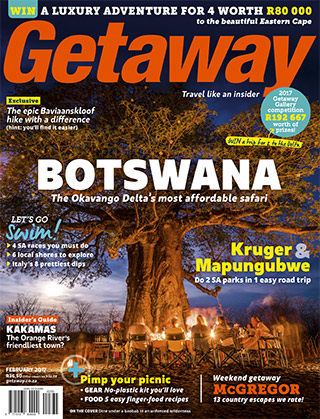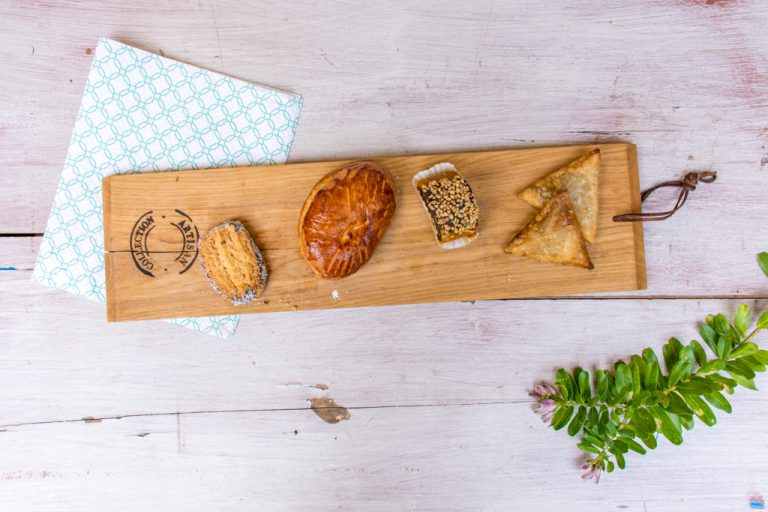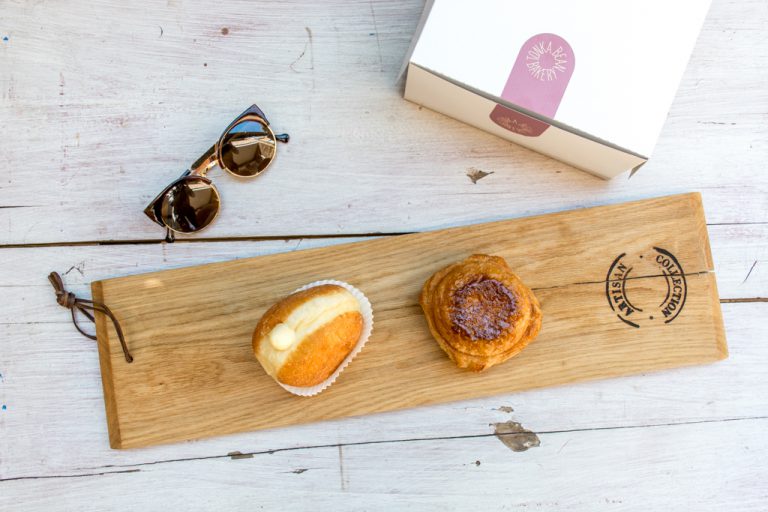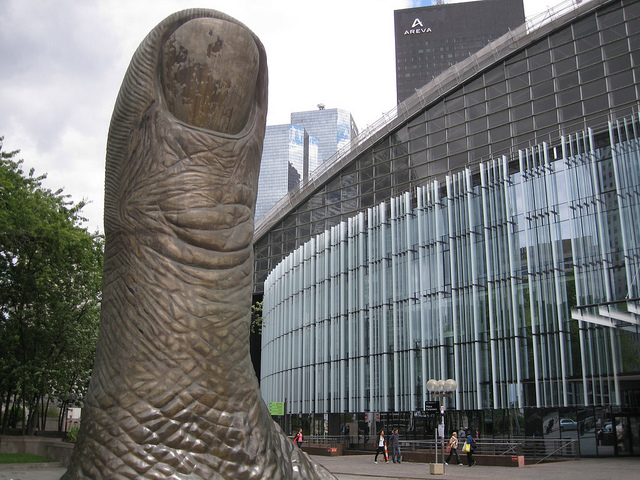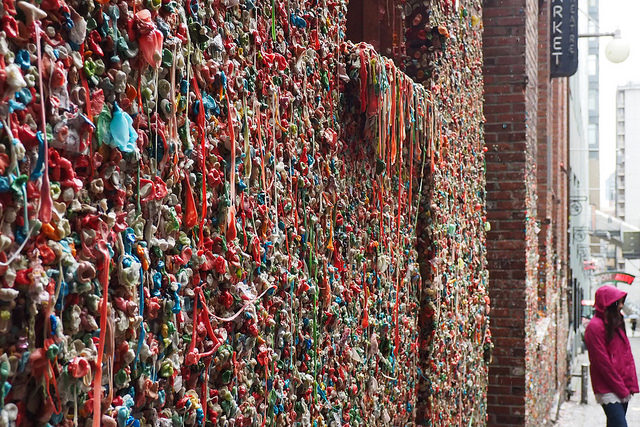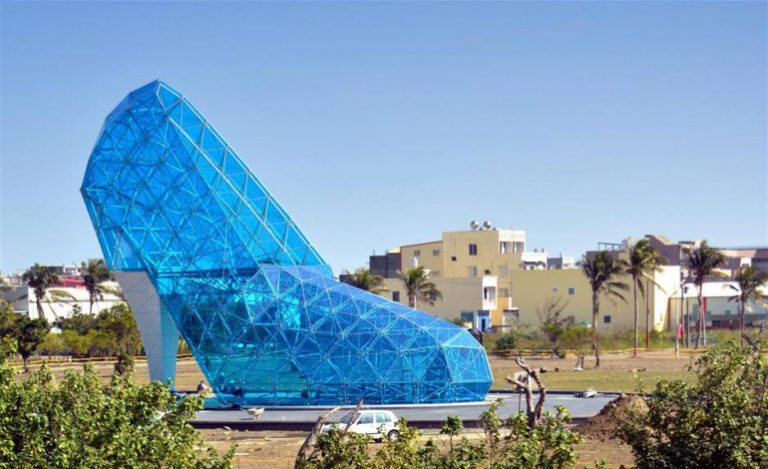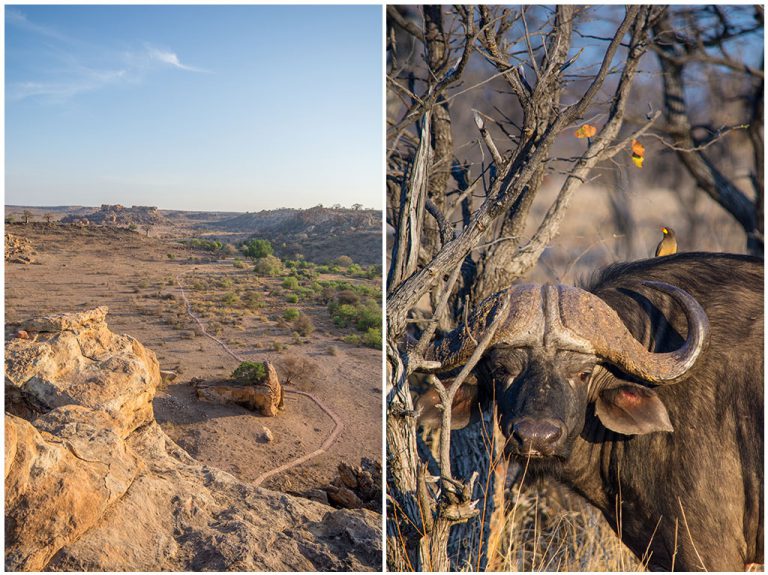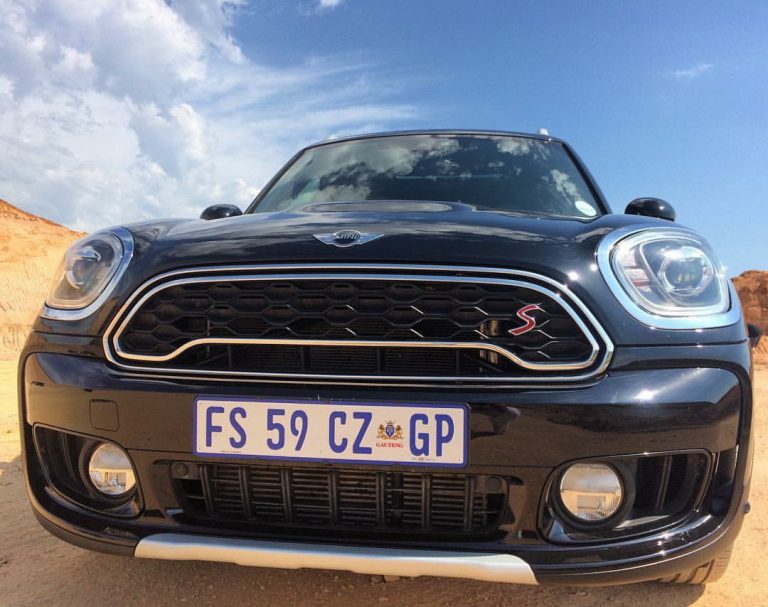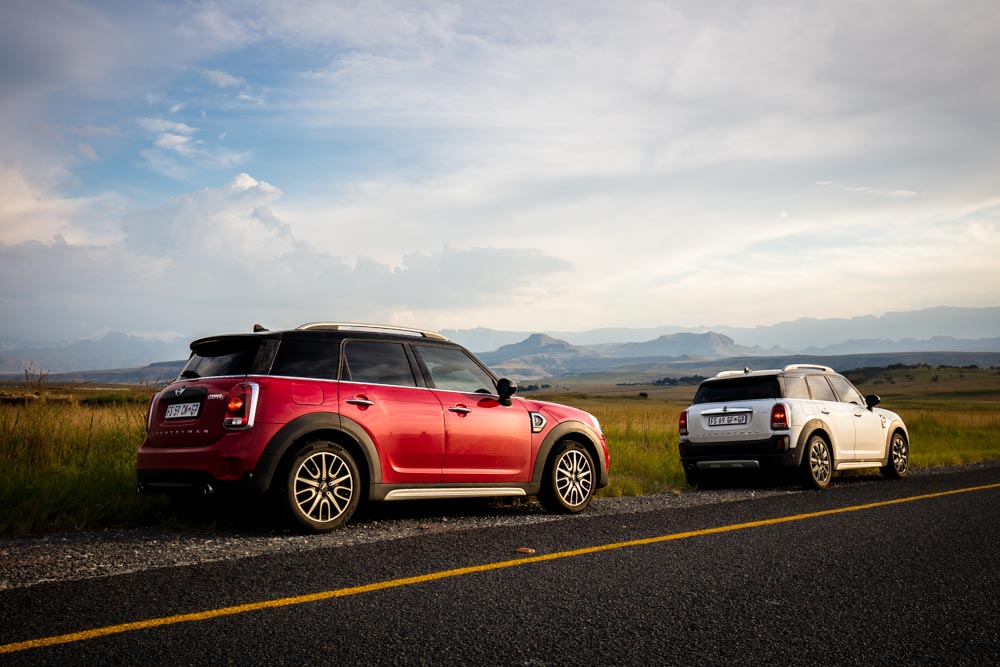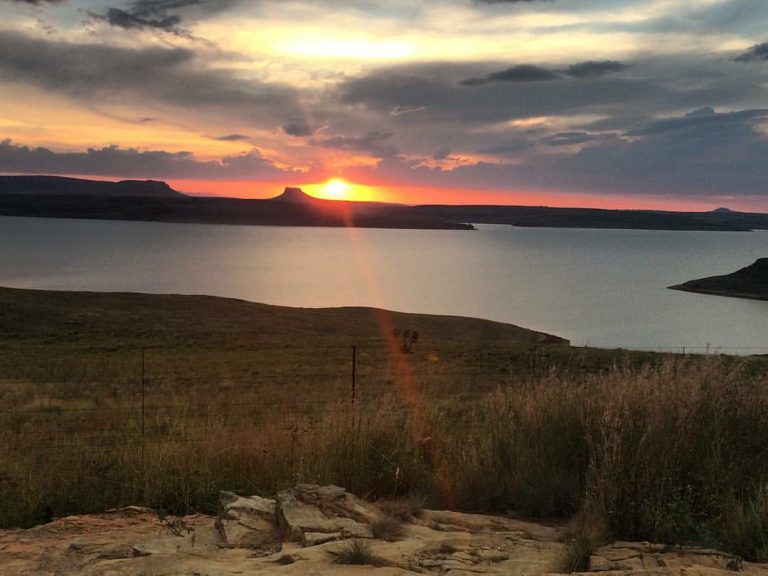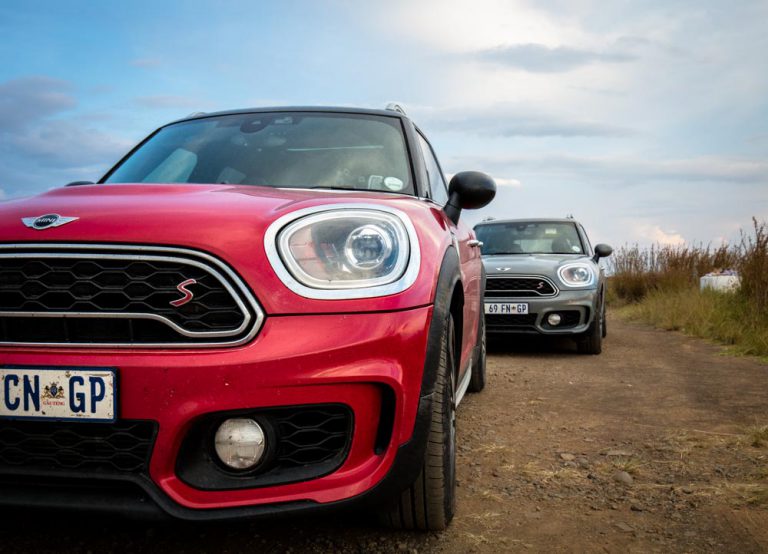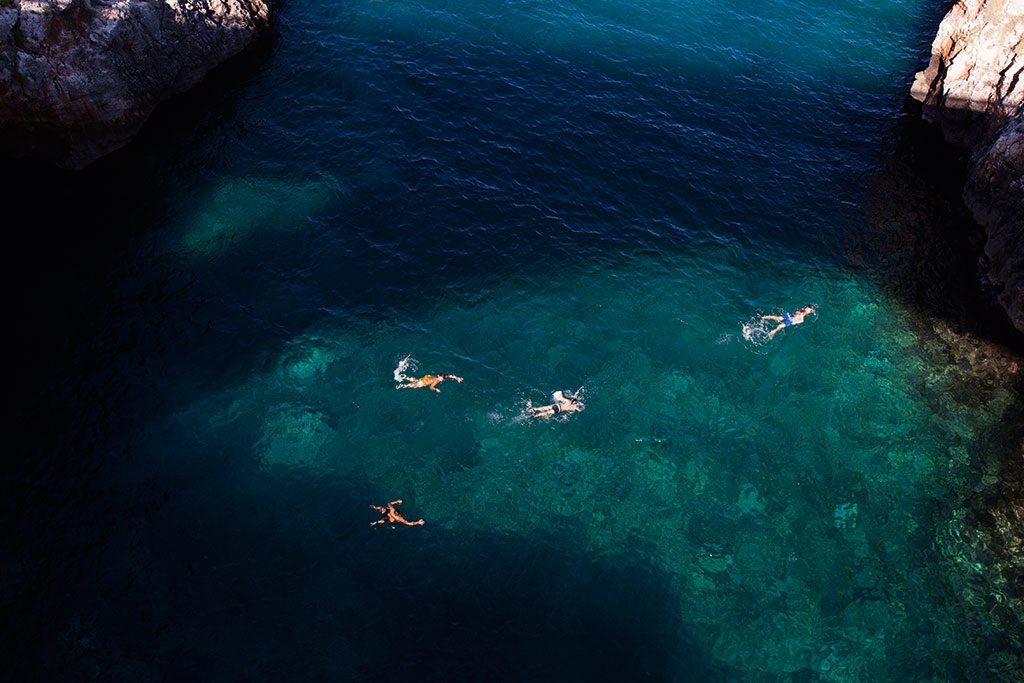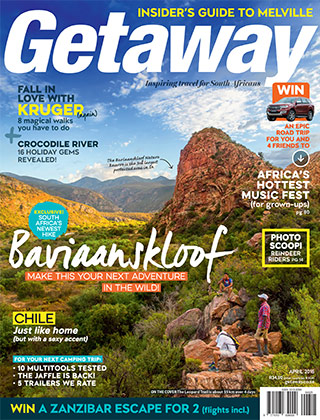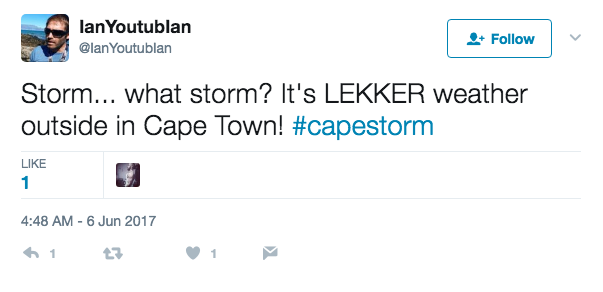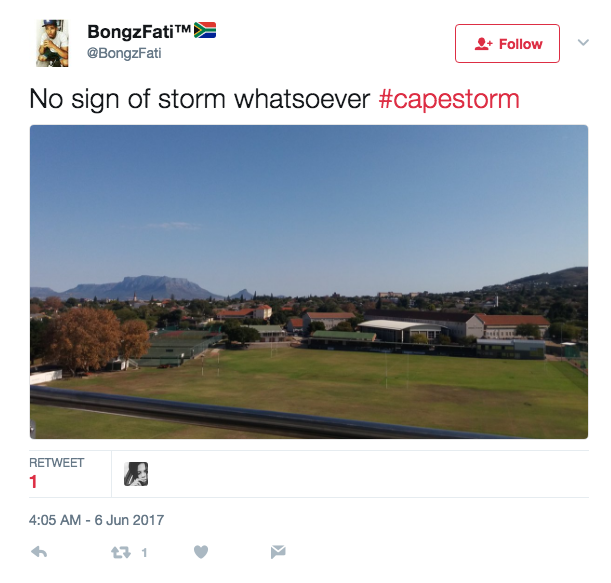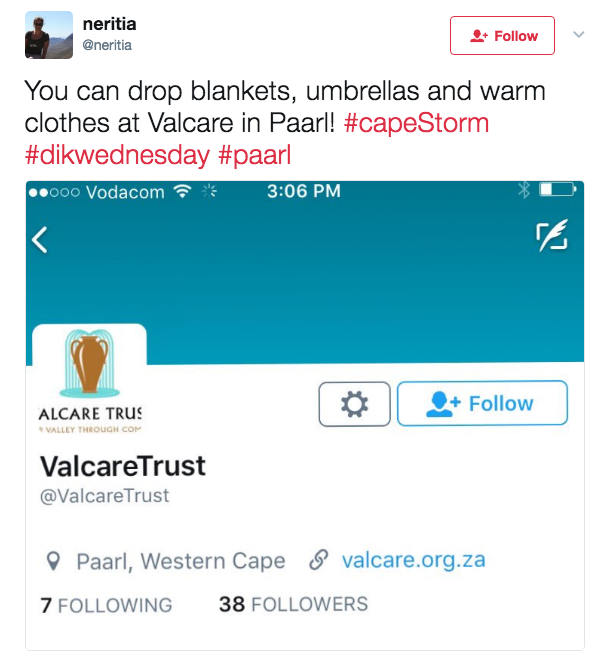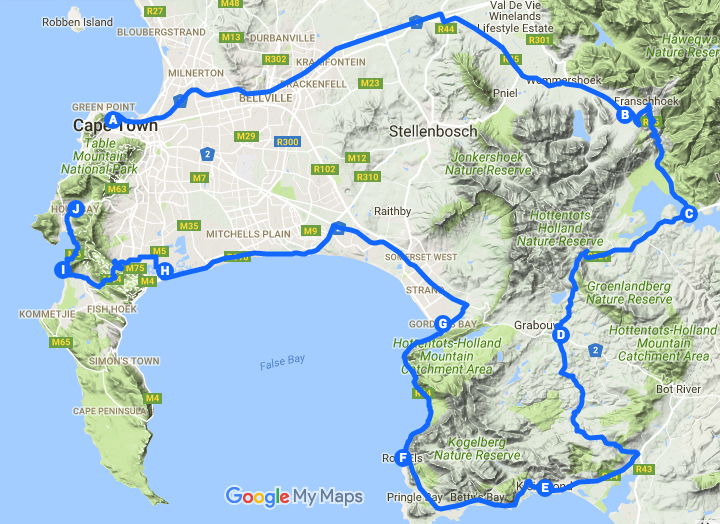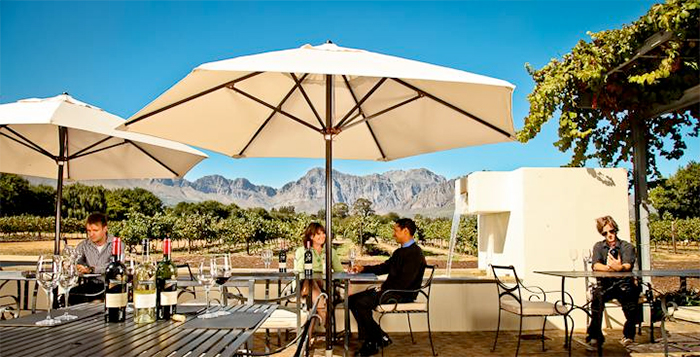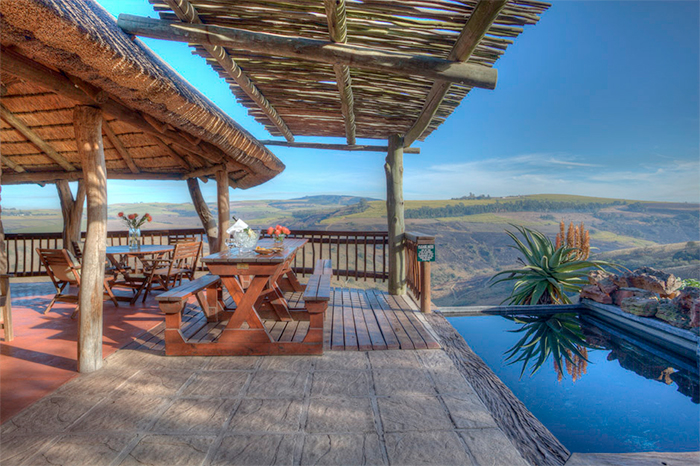![]()
Our editor Sonya Schoeman & photographer Teagan Cunniffe walked this incredible four-day hike in the sculptural Baviaanskloof & found the end always just out of sight.
![]()
A group shot before we set off on the trail. Photo by Teagan Cunniffe.
To explore this wilderness from a saddle read: May the horse be with you
‘It starts with a step and then another step and then another that add up like taps on a drum to a rhythm, the rhythm of walking. The most obvious and most obscure thing in the world, this walking that wanders so readily into religion, philosophy, landscape, urban policy, anatomy, allegory, and heartbreak.’
– Rebecca Solnit
Religion
The Baviaanskloof is known for its hoards of baboons. It is, in fact, what Baviaanskloof means: the valley of baboons. These four-legged rascals are splendidly adapted to this phalanx of bony orange rocks that jut out into the vivid blue sky. But in four days we see only one – even baboons have the sense to exert as little energy as possible here at midday in the height of summer. Not us, though. No. It’s day one, 2pm, and there we are, trudging up a deeply rutted stony former truck track, and with each crest another appears, higher, longer – endless. It doesn’t take long to sift the wheat from the chaff, and the chaff is me and an Irishman in his seventies who has walked the entire Camino de Santiago, but is now off to one side making an alarming wheezing sound. My own face is puce, my head throbs and I’m so overheated I want to throw up. Whose idea was this?
![]()
Reaching the plateau on Day One. Photo by Teagan Cunniffe.
Linden Booth is strolling in front of me, chatting comfortably, cool as a Bishop’s old boy at a polo match. It was his idea to buy a farm in the furthest corner of the Baviaanskloof. His idea to create this murderous hike. His idea to leave at 2pm, when the sun is at its most vicious. His idea to tell us we would be just fine, I would be fine. But I’m so not fine. I’m doubled over, with barely the presence of mind to twist open my Stanley flask and pour out some iced mint water that I sip at like I’m on my deathbed – any kind of bed will do at this point. I’m an atheist, but this could be the turning point. I send up a prayer, then remember that I have blasphemed up every inch of this God-damned track; I’m going to hell! Except this already feels like Satan’s domain.
Allegory
Next thing I know, we’re at the top, and all around me is glorious plateau. A light breeze flows across it, channelled by gently rising hills on either side. A little way on is a clearing and in it, four horses pretty as angels prick up their ears and look at us with model faces and liquid eyes, then come nodding towards us. We pay the gatekeepers to this flat piece of heaven a precious water-saturated apple, and keep on. This used to be farmland. It’s covered in renosterbos and there are few birds, especially when compared to the rich Cedar Falls, the farm below, where that morning we woke to bees humming and swelling birdsong.
![]()
We found a pond with frogs everywhere.
By contrast, there seems to be very little life on this plateau, until we get to a pond snuggled into a crevice: frogs are everywhere. Brown frogs leap into the water, black frogs hang halfway down in the pools, others have squashed themselves bottom first into crevices and regard us goggle-eyed as we clamber over rocks to icy water in two pretty pools. One poor sod is wrapped in a brown water snake, and its eye looks out balefully at the world it’s about to exit as the serpent wraps itself ever tighter. It’s horrible, like a car crash, but we keep going back to have another look at its grim progress. This is the Baviaans, and it’s beautiful, but it’s also a harsh place.
History, philosophy and policy
Among the 11 of us on this hike is the man most fundamental to the trail: Willem Maganie. He’s a small, wiry guy with a squint and a ready smile. He speaks only Afrikaans, and by Day Four I can very nearly live up to my surname. This trail means a lot to him; it’s the realisation of a dream for self-sufficiency many Baviaanskloof locals didn’t think possible, and it has been many years in the making.
![]()
We spotted this skull nestled in the rocks. This particular piece of rock art is unique: if you look at the figure’s feet, you’ll see it’s wearing takkies. Rock art is hidden along the trail and reachable only if you take a guide with you. Photo by Teagan Cunniffe.
The Baviaans was once home to the San; the area is still littered with caves bearing shapely ochre figures coloured into rocks to prove it. As a place full of wildlife, it attracted the European hunter in the 18th century and later mostly Afrikaans settlers who carved out farms and got busy with industry. Some farming families have been there for generations. There are also workers families who have been here for as long, too, and it’s rumoured that there will be land claims. To date, though, none have been registered.
It’s a complicated place with a history of hard lives on both sides. It would have been hard work to carve out a productive farm here. But there’s no question farm workers had it worse, and dreams were very limited by circumstance. Willem grew up on such a farm. In 1995, his father was earning just R60 a month there, he says, before minimum wage existed. Times were tight, there was no money for school. Willem has only got a Standard Four education, like most people of his age here.
![]()
Camp One is set in an amphitheatre of rock, and it’s magical.
It’s into this environment that the Leopard Trail was born, a joint project by the Another Way Trust and the Eastern Cape Parks and Tourism Agency. The former has the concession to run the trail for 10 years, renewable for another 10. The Another Way Trust is an NGO and a heritage project of Linden and his wife, Jeanne; the beneficiaries are the previously disadvantaged people of the Baviaanskloof.
Although the trail is still in its infancy (the hike we went on is still in its trial phase and has not officially been launched by the Eastern Cape Parks and Tourism Agency) there are big hopes that it will be a game-changer in the area. This is how it works:
‘We pay a concession fee for every hiker over to the Parks Board,’ explains Booth. ‘The rest is money that is earned by the Another Way Trust.’ The income primarily goes to job creation. ‘If there’s money left over, then that money has to be used for social and economic development projects in the Baviaanskloof. So that’s why for us the Leopard Trail is so exciting, because it has the potential to employ a great number of people, to create a number of businesses that run independently, but also to generate the kind of money that the Another Way Trust will use to … employ people permanently to do community development work.’
There are many people with high hopes for this. Jonathan Joema, an aspirant guide with a growing knowledge of medicinal plants, tells me he wants to create a life for himself from this enterprise, as do Ricardo George and Peres Maganie, also accompanying us.
Landscape
It’s day three, and Ricardo, Willem’s unofficial son-in-law, is leading us through the terrain, seeing that we’re the first of the ‘public’ to test it out. It is actually a non-guided trail, unless one is requested. We’re told we have three major climbs to get up and over, and after that the going’s easy. But I’ve learnt to distrust every last one of these men. Linden is a motivator to his core, and a master at downplaying the trials ahead so you are forced into overcoming them – there is no turning back on this trail. Willem, Ricardo, Jonathan and Peres simply have evolved genes: they move through this country as expeditiously as the rhebuck it’s home to (and of which we see only four), never drinking a sip of water, not spilling a drop of sweat. It’s uncanny. But walking is a way of life here out of necessity, and these men walk in a different way: with intent and not much tolerance for gentle, winding ascents or descents.
![]()
Photo by Teagan Cunniffe.
Willem has told a story about his father who was walking with an old friend who ambled along so slowly he fell asleep and was frightened awake by his shadow. The implication is clear. We try our best to pick up the pace but there’s one particular thing that hinders: it’s just so beautiful and the danger of putting one foot in front of the other on the rocky path is that you can miss the gorgeousness happening all around you.
It’s mountainous and wild here. The Baviaanskloof is the meeting place of many climatic zones, which means it gets some summer and winter rainfalls. As a result the area has seven of South Africa’s eight biomes. It’s rich in flora and the area we’re passing through right now is exquisite, much more varied than that of the first two days. I drop behind so I can listen to the sounds of its life: Cape sugarbirds and Malachite sunbirds flit between banks of proteas and honeybush, which accentuate the blue-greens with lashes of lime. This is Willem’s favourite area, too, he says, as he dawdles me through it. There are birds and bees and many industrious ants, and up in the heavens, wisps of cloud and mist linger over the fantastic ragged grey and orange peaks opposite us.
![]()
The welcome detour of the first day. Photo by Teagan Cunniffe.
But at noon the cloud burns off and we descend into another valley of great beauty. Four perfectly adapted wild donkeys climb the opposite mountain; they will be shot to stop them interbreeding as the land is repopulated with mountain zebra, we’re told. Colours saturate the walk: there are bright pink and white and soft green protea flowers; sumptuous velvety green cedar trees, endemic to the area and gnarled into fantastical shapes; shocking reds and oranges and white lichens colonising ochre rocks; bleached sandy tones and russet rocks jutting into the sky.
I use the colours to distract me because it is hot hot HOT, and we’re walking (once again) at midday. I’m exceedingly grumpy. We were expecting water here but there is none, and my head is beginning to bang again. The river is dry. We’re a day too early – that night the rain will come down in a spectacular storm.
Linden the motivator will be proud of me because I can see a silver lining here: had it come down the night before, it would have washed away the thing that thrills me the most on this hike. As we walk down the last long stretch of dust track, we see them: leopard prints in the soft soil. I feel almost faint with joy as I imagine this exquisite yellow polka-dotted cat strolling the path just a few hours before me, svelte, elegant padding up puffs of fine, bone-dry dust, sublime in its kingdom of glowing rosy rock.
Heartbreak
Day four. Birdsong Valley, so named because as you wander the path that cuts through the sculptural kloof that rises sheer around us, bird calls reverberate off it and surround us in magical soul music. It’s entrancing. I need it. I am sore. Yesterday’s hike was 18, 19 or 22 kilometres, depending on who tells it. But I solemnly swear it felt every last bit a 22- kilometre walk. By the end of the day my calves had seized. I’d decided this was my max; I would pull out. But when I woke up this morning, after my first few agonizing steps my body seemed to rally: I can do it, I thought.
Now I’m walking with Linden. ‘There’s only one hill to climb, and then the going’s easy,’ he says.
‘Oh? Really? Which one?’ I ask suspiciously.
‘Can you see Patrick?’
![]()
Photo by Teagan Cunniffe.
The Irishman had fallen out after day two but joined us again, saying he has never before been beaten – the word he really used – by a hike. Linden points up into the sky. I think he’s pointing to a bird.
And then Birdsong Valley ends and we’re standing at the foot of something solid. My eyes swivel to the top of their sockets till they hurt, and then I tilt my head till it falls back on my neck. But still, I can’t see the top. I turn and glare. ‘Linden, you lying bastard! A HILL!?!’
And what else I don’t know is that at the top of this one is set another, and then another. But he just looks at me in a blank way, and Willem, Ricardo, Peres and Jonathan surge ahead like lava, only flowing upwards. Already I want to shed tears. But there’s only one thing for it: upwards, onwards.
And finally I’m standing on top of the world, incredulous at what I’ve achieved, and marvelling at the exquisite, untouched world around me, while a pair of eagles soars close by, judging life and death below. I think to myself, I’ve walked through a story about the land, the people, the creatures, the heartbreak they’ve all faced, the hope and philosophy and exquisite landscape. And then I turn and take one step, and then another step and then another…
Plan your trip
![]()
Photo by Teagan Cunniffe.
Getting there
Mango, Kulula, SA Express and Airlink fly to George. We flew FlySafair, for R1500 return from Cape Town. Alternatively, drive from Cape Town to George on the N2. From Joburg take the N1 to Bloemfontein, the N6 to Colesberg, the N9 to Port Elizabeth and the N2 towards George. Take the R331 turn-off to Patensie. From both towns there are various routes to take, which can be downloaded from gobaviaans.co.za/map-and-directions. It’s mostly dirt roads, so be prepared, but it is doable in a sedan. GPS coordinates are S 33°34.3128′, E 23°42.5733′.
The Leopard Trail
This is a slackpacking trail, but still, the hike requires a certain level of fitness – there are many up- and downhills. I had trained beforehand and still found it quite difficult, but mostly because we found ourselves walking at the height of the heat almost every day out of necessity. This can be totally avoided by starting early and spending the hot hours at a rock pool or in the shade.
Day One is relatively easy once the first hill is done with. Day Two has a couple of relatively steep climbs and descents. There is one suggested detour to see a clutch of Baviaanskloof cedars (Widdringtonia schwarzii), and if you love trees, it’s a sight to see. If you’re struggling, though, I would suggest skipping this bit.
Day Three is the longest and toughest, and there are three big hills to climb. There is usually meant to be water once one is over these, so check that this is so. Day Four is also quite long, and it’s important to get through it early, as the area after the inappropriately named (in my opinion) Fond Farewell, is called The Cauldron, for obvious reasons. The very last part of this hike is also quite tough as it’s down an old track with lots of loose stones. The trail costs R980 per person. gobaviaans.co.za
When to go
Summer is very hot with the daily average in December, January and February at 26°C, but temperatures can reach the high 30s. Autumn and spring is ideal, with average temperatures in the early 20s. Winter is great for long hiking days – temperatures average around 16°C, but nights drop to zero, so make sure you have the appropriate gear. Statistically, every month has four days of rain, so do bring rain gear.
Need to know
The water here is drinkable, and there are numerous water holes to swim in. Make sure you know how many and where each is on each day’s hike so you can cool down and refill water bottles. The campsites are really stunning and have been well set up. Each area is as lovely as the next, so it simply depends whether you like to be near the kitchen or further away. Speaking of which, a catering tent is provided, and kitted out with pots, pans, braai grids, crockery etc. Wood is also provided.
You’ll need to bring tent, mattress and sleeping bag. There are only cold showers (for now). It’s self-catering, but your food will be driven, along with your gear, to each tented camp. It’s important to take a first-aid kit, as there is no cell phone reception on the hike. There are snakes, so I’d suggest taking along an identification book and info on what to do if bitten.
Do this
The Cedar Falls Day Hike must be added to your visit – it’s spectacular. I would suggest making it your first day there. It’s a track up the stream that runs between the Cedar Falls kloof, where there are numerous cedar trees (as well as trunks of the trees that were washed down in a flood in 2008). There are a series of pools to swim in, but the most impressive is the final deep pool into which a waterfall cascades. On the walk you can also find two endangered species, the red-finned minnow (at one pool these sweet fish gave me a tickly exfoliation) and ghost frogs (which lived up to their name). R90 per person, or free for those staying at Cedar Falls, although it must be booked.
Visit Vero’s Restaurant & Craft Shop. It’s so worth taking a trip out to this wonderful little place. I bought a gorgeous pottery platter here. Braaibroodjies are a specialty of Veronica and Katriena (sisters of Willem); you can have them either with honey or cheese and tomato. You sit in front of a quirky, beautiful garden full of flowers, a passion of their mother’s. It’s 30 minutes into the Baviaanskloof from Nuwe Kloof Pass (GPS coordinates: S 33°30.3380′, E 23°46.5551′). 0449231918
Stay here
The following three places to stay are all part of Cedar Falls: Cedar Farmhouse is where we stayed, and is the lovely original house with a stoep running all the way around. There is also a wonderful old-style reservoir swimming pool and garden to relax in. R290 pp, minimum four people. Just for Two is where I would stay with a partner. It’s the sweetest hideaway and also the oldest building on the farm. R900 for two. Cob House, a very charming adobe cottage run by Willem and his wife Marta. From R900 for two. Book them at gobaviaans.co.za.
Read the full story in the April 2016 issue of Getaway magazine.
Get this issue →
Our April issue is packed full of great holiday ideas for 2016. Get your copy today.
This article,
Walking a lie on the Baviaanskloof’s Leopard Trail, was originally posted on the Getaway Blog by
Sonya Schoeman.








